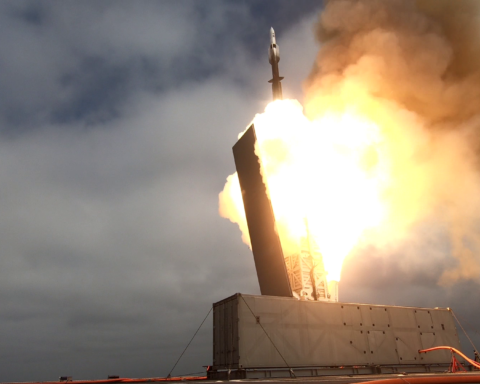
Littoral Combat Ship Fires a Standard Missile 6 from Experimental Launcher at Sea
The Navy fired a Standard Missile 6 from an experimental missile launcher mounted on a Littoral Combat Ship Tuesday in…
Copyright 2024 U.S. Naval Institute. All Rights Reserved.